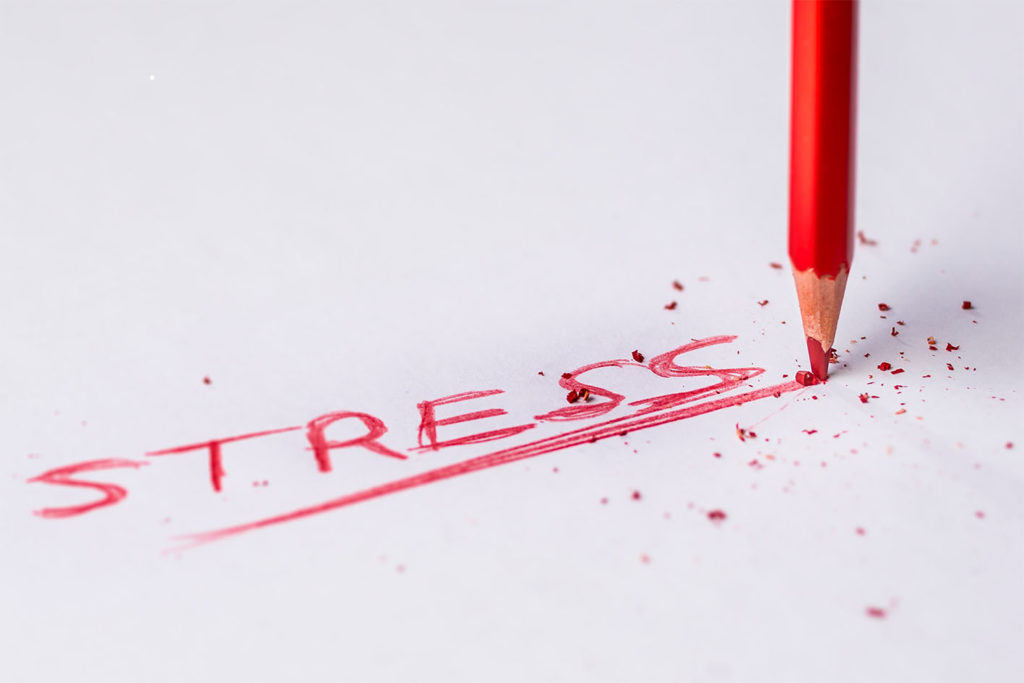The last two years have seen the impact that Covid19 has had on people’s wellbeing, stress and mental health with the isolation, lack of family contact and the impact on working life. It doesn’t matter whether stress is caused by isolation, worry over an issue or work problems it can impact hugely on our lives.
The theme for this year’s stress awareness month is community. A positive impact of the pandemic over the last two years has been how communities came together to help those isolated and vulnerable and this should continue both in and outside of the workplace.
In the workplace
In the workplace the challenge is that everyone experiences stress in different ways which causes the problem to not always be easily spotted. From sickness to work relationships it’s essential to spot the signs of stress as early as possible so that actions can be taken before serious stress-related illness occur.
Individual stress
For an individual in the workplace, there will be changes which can be a combination of physical, emotional, and behavioural. We all have bad days, so if negative changes are a concern, it is usually over a period of at least a week.
The changes that could signal stress are:
- Becoming short-tempered when normally calm
- A dramatic change in weight – up or down
- Becoming withdrawn if that is not their true nature
- Careless and accident prone
Workforce stress
There are also signs to show that a whole workforce may be stressed. This can show itself as:
- High level of staff turnover
- Increased absenteeism and sickness levels
- Staffing working longer hours than required
- Employees not taking their full holiday entitlement
- Low productivity and efficiency
Employer’s duty for the health, safety, and welfare of employees
Section 2 of the Health and Safety at Work Act 1974 places a general duty upon all employers to ensure, as far as is reasonably practicable, the health, safety, and welfare at work of all employees.
Stress should be seen as a hazard to everyday work life The main objective should be minimising the risk of stress-related illness or injury to employees. This means raising awareness and making provisions against stress-related illness at every level of the organisation.
The Health and Safety Executive (HSE) has identified six key areas of the workplace that should be managed to prevent excess stress at work and related illnesses. Meeting the standards in these areas contributes to a culture of wellbeing, increases productivity, and decreases sickness absence.
The HSE suggests using the standards in each of the six key areas to assess the risk of stress in your organisation.
Key areas
- Demands: Employees can cope with the demands of their jobs and systems are in place to respond to any individual problems. Employers need to ensure workload pressures are not excessive and whether work patterns and the working environment are allowing employees to perform well with no risk to their health.
- Control: Employees can have a say about the way they do their work and systems are in place to respond to any individual concerns. This looks at issues such as flexibility; for example, having some choice about the way work is done or when to take a break.
- Support: Employees receive adequate encouragement, resources, information and support from their colleagues and superiors and systems are in place to respond to any individual concerns.
- Relationships: This includes promoting positive working to avoid conflict and dealing with unacceptable behaviour. In practice, this is about identifying negative and potentially damaging behaviours such as bullying and harassment that cause stress.
- Role: This assesses whether people understand their role within the organisation and whether the organisation ensures that they do not have conflicting roles.
- Change: Employees understand any changes and the organisation engage them frequently when undergoing an organisational change and systems are in place to respond to any individual concerns.
For more information about how to manage your workforce to create a positive and stress-free workplace contact our HR and Employment team.

